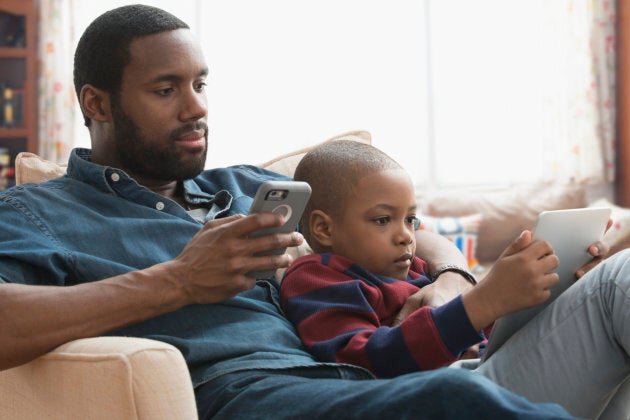Fake news, conspiracy theories, online bullying of youthful innocents involved in catastrophes and world leaders that lie on a daily basis are just a few of the reasons why it is more important than ever to help your child develop critical thinking skills. Our world is changing at a rapid pace and the only way to deal with it is to prepare for it. There are many reasons why parents and educators should embed the teaching of critical thinking in their every day and there are many simple ways to achieve the goal.

Why critical thinking skills?
Critical thinking is an important aspect of the deep learning strategies. It is yet another way to help your child learn how to learn, as outlined in a TED talk by Marc Chun, Program Officer in Education for the Hewlett Foundation.
The Global Partnership New Pedagogies For Deep Learning states that critical thinking teaches children to evaluate information and arguments, determine patterns and make connections, all of which have real-world application. Training your child to be curious, challenge the obvious and question opinions will have life long benefits. The world is not going back to more innocent times. The genie is out of the bottle. Your child will grow up in this world.
Curiosity will help your child develop flexible thinking and look beyond the obvious.
How to encourage critical thinking
Begin with fostering curiosity. The link provides relatively simple ways to encourage curiosity. Open-ended play and allowing them to explore a toy instead of explaining how it works are just two examples. It is a key element of critical thinking. Curiosity will help your child develop flexible thinking and look beyond the obvious.
A starting point with teens — ask them about the "fake news" and famous people supposedly "gone too soon" that appear on their social media sites. Encourage them to question assumptions and evaluate the credibility of information they see. Pique their curiosity by drawing attention to the plethora of fake news. Ask them why it is given space on social media.
Tim Berners-Lee, creator of the world wide web, sounded an alarm recently. There are just a few platforms like Facebook, Google and Twitter controlling which ideas are seen and shared. It is an unregulated Wild West of sometimes dubious information. Critical thinking skills are needed to decipher fact from fake. This world wide web is the world of your child.

Have some fun with lively debate
Another simple way to develop critical thinking is through debate. A mealtime conversation can be found in any topic. Perhaps your town wants to build a new skating rink, and your child supports the idea. Have them take the opposite point of view and defend the people who do not want a new ice rink. This type of oppositional thinking can be a lively way to encourage deep learning. You can readily pick from the everyday. Your child's first cellphone would be another great family debate topic.
Draw attention to generalizations
Common reasoning fallacies such as hasty generalizations are another subset of critical thinking. An example could be the notion of arming one million teachers to solve violence in schools. Who decided that number, and why was it offered as a possible solution? Are there any consequences? Critical thinking requires you to think all the way around the information presented, and not take anything at face value.
If someone offers an opinion, then consider their motives.
Headlines that provoke and biases that distort opinion
Inflammatory headlines colour the description of a situation and try to colour the reader's thinking. Help your child learn to identify that type of language. They want to cut through the hype to the facts. What informs a discussion and what is superfluous? Critical thinking requires independent assessments of situations.
Look at biases. If someone offers an opinion, then consider their motives. The hypothetical family debate about the town skating rink might be an opportunity to teach about biases. If your child plays hockey or figure skates then they have a reason to be biased. It plays into their opinion about the need for the new skating rink in town. This is a simple, real-life example.
More from HuffPost Canada:
Effective arguments require support, and analogies help
For a child to think critically, they need to be clear and logical defending their opinions. We have all struggled with supporting our arguments. As an educator, I used the analogy of a table with four solid legs. Four legs makes a stable table. Any fewer, and the table wobbles and falls over. It's no different when logically defending a position. Visualizing an argument in that manner and choosing the relevant information that will support their argument are ways to enhance critical thinking capabilities. As well, understanding the usefulness of analogies in learning is another aspect of critical thinking.
Critical thinking skills can be developed in so many simple ways within a family or a classroom.
Curiosity is the starting point. You child will question their world, and in that way they will begin to learn how to process and organize information effectively. It is one more way your child will learn how to learn.
Also on HuffPost: